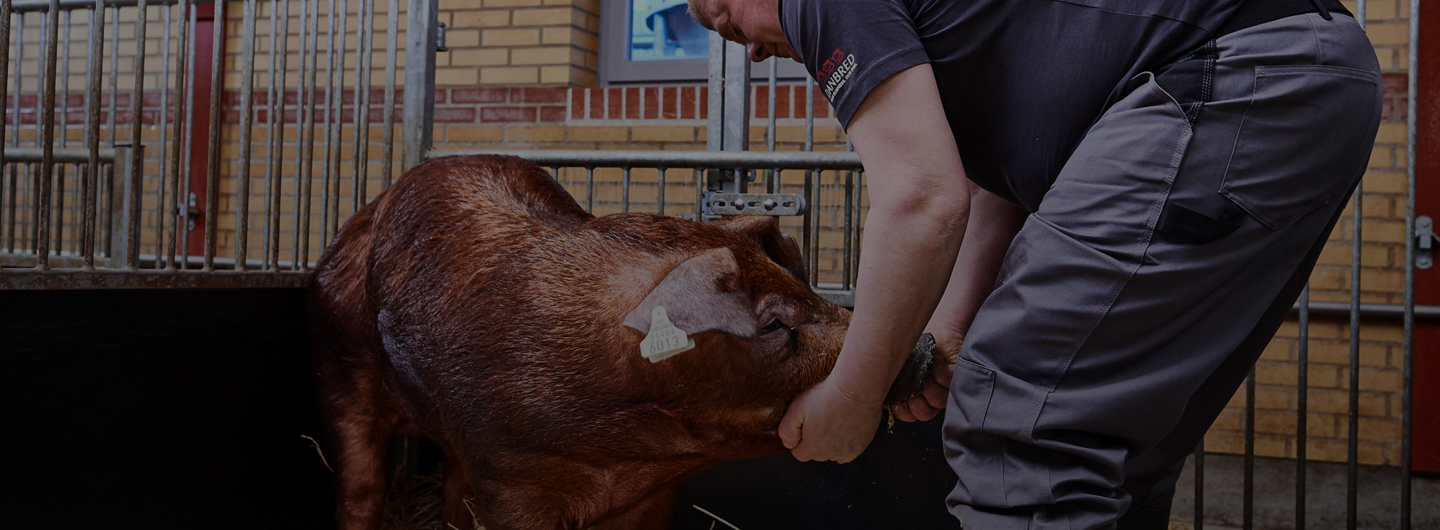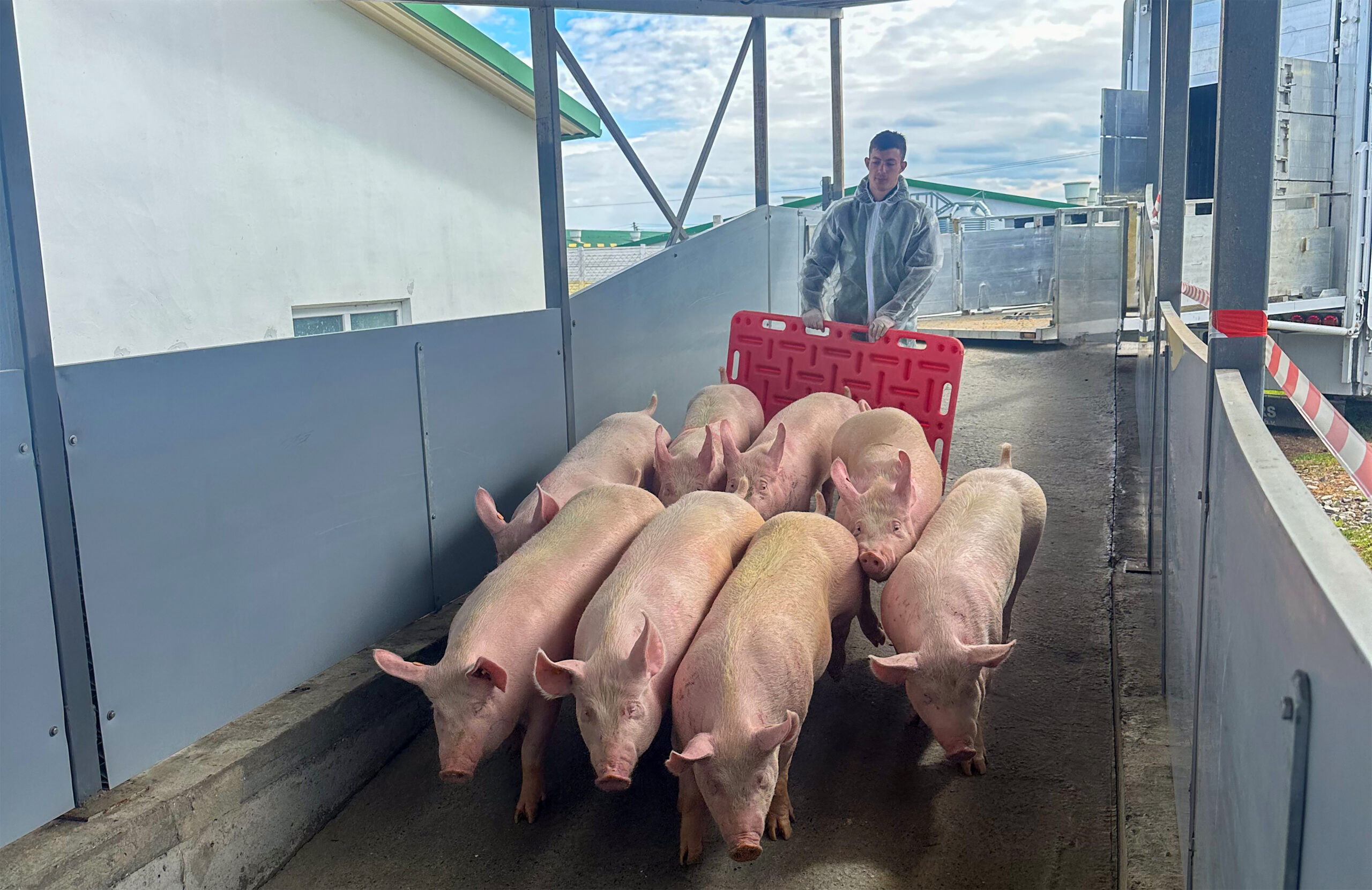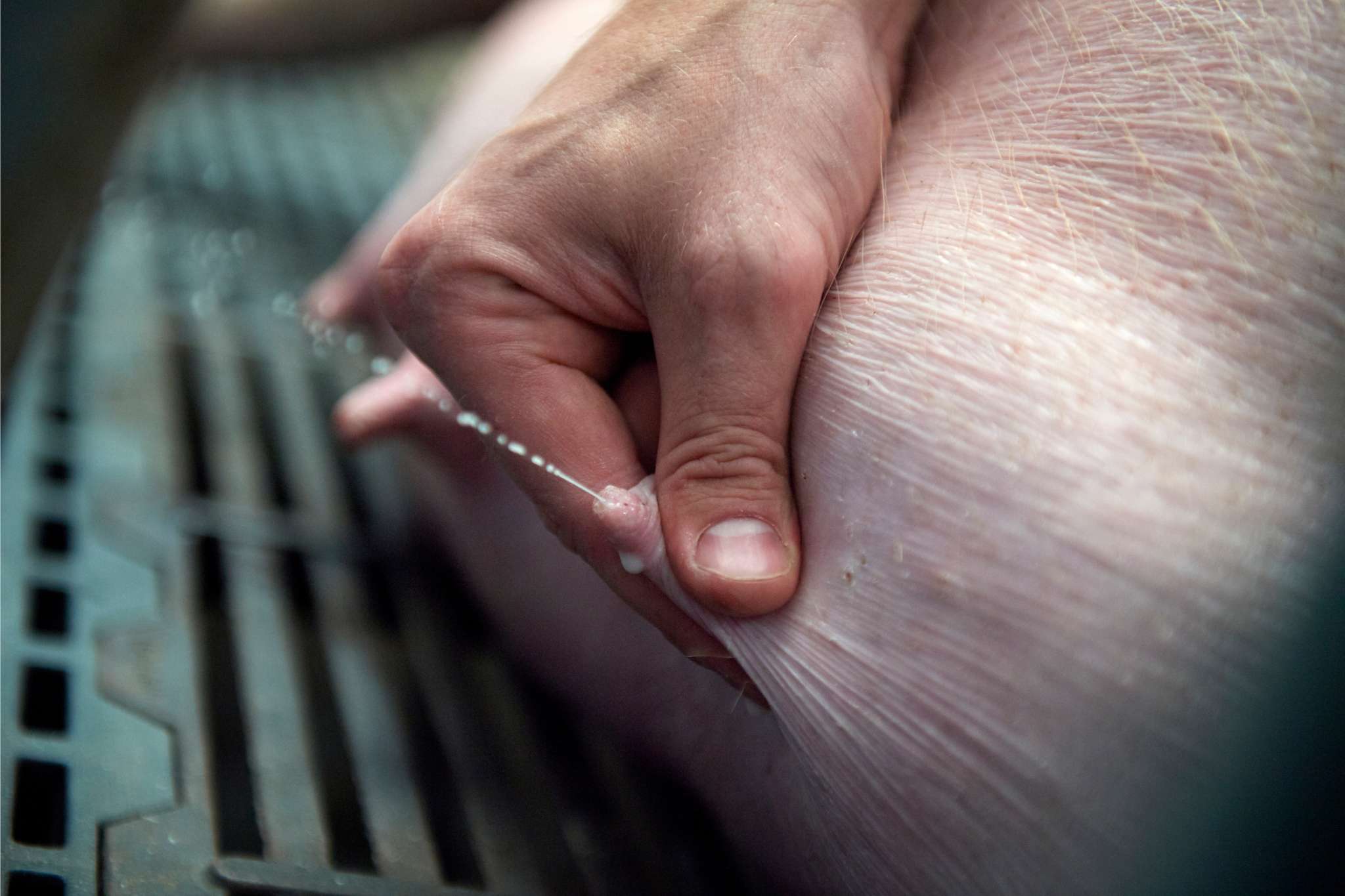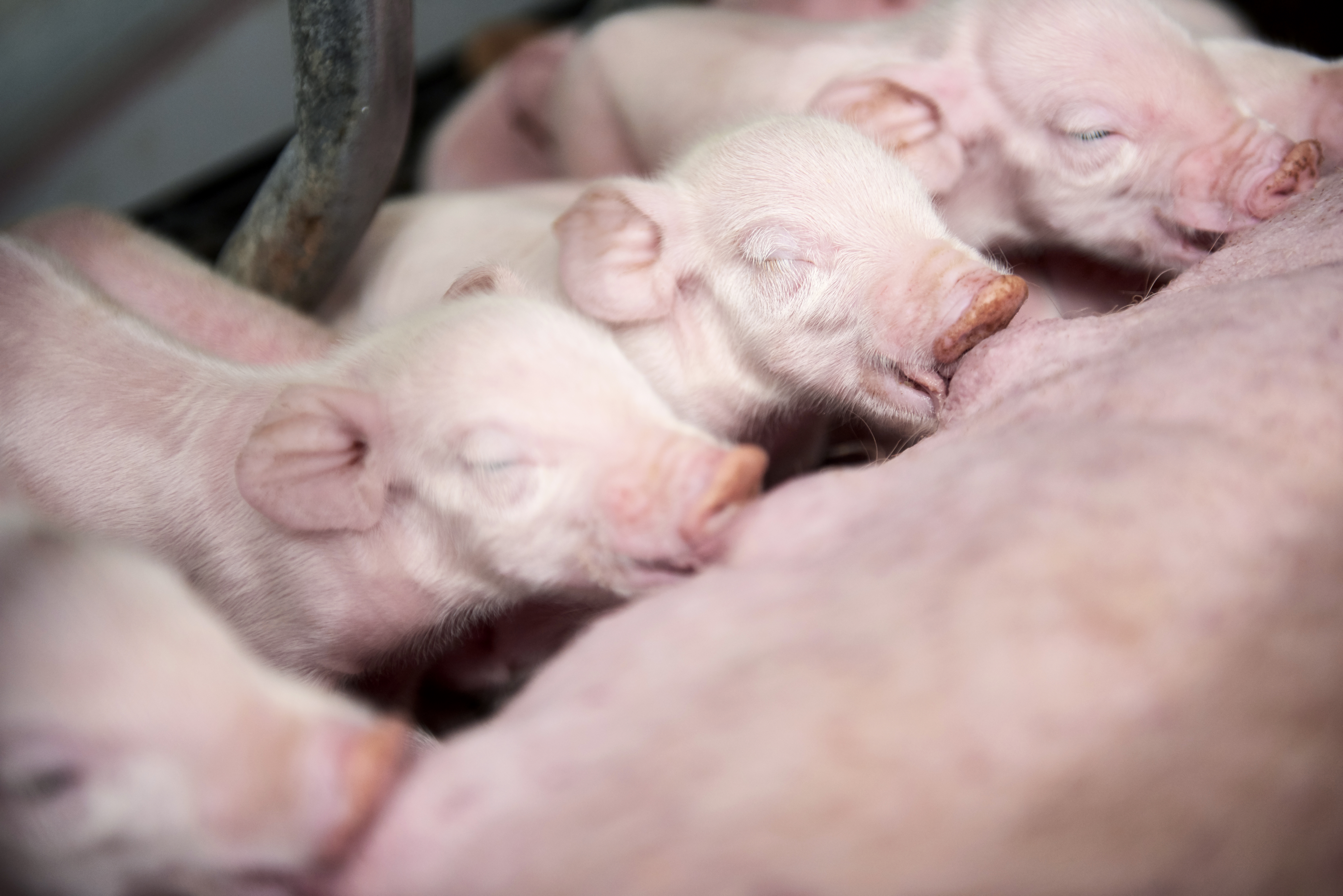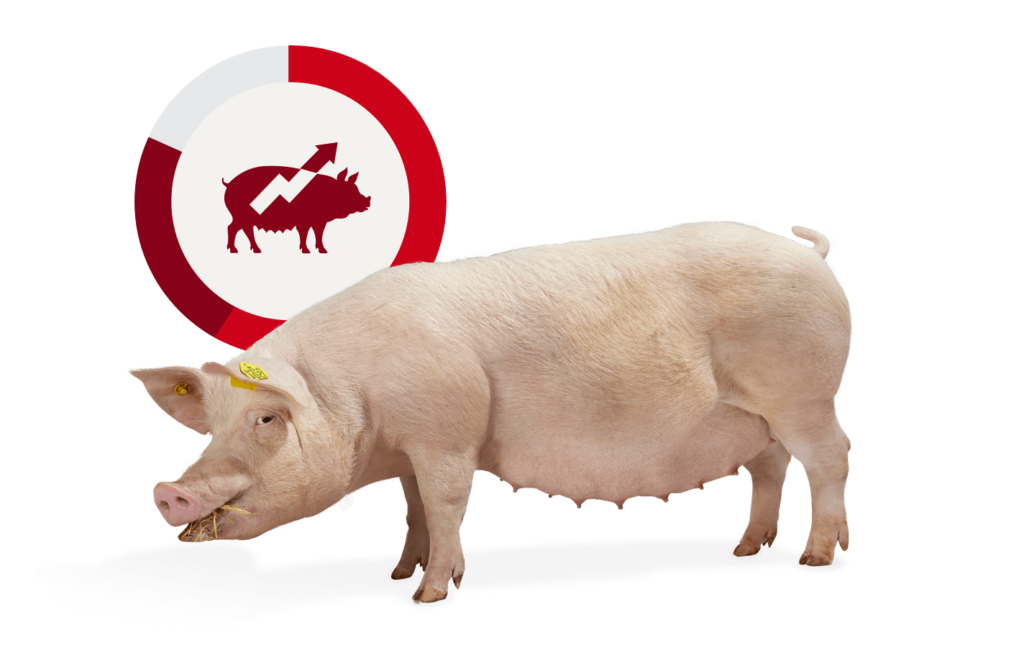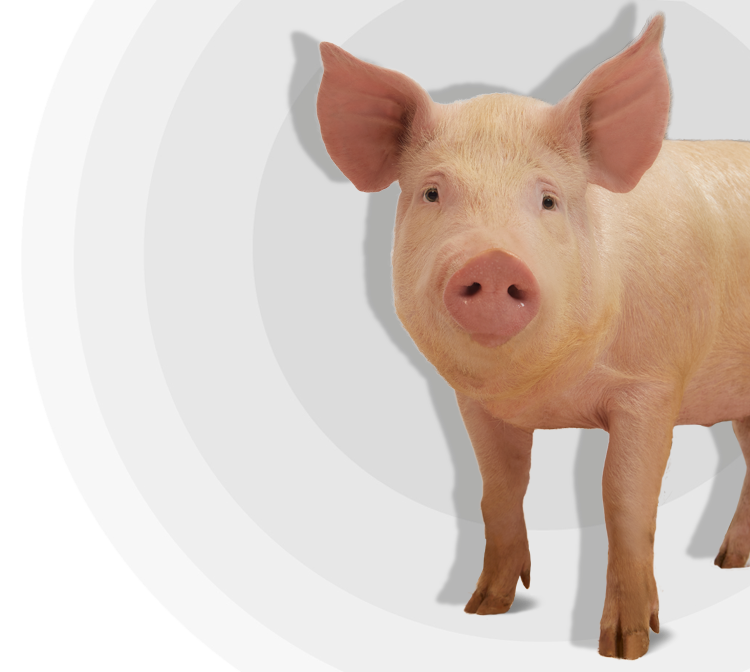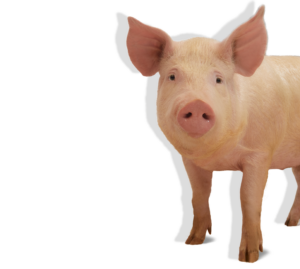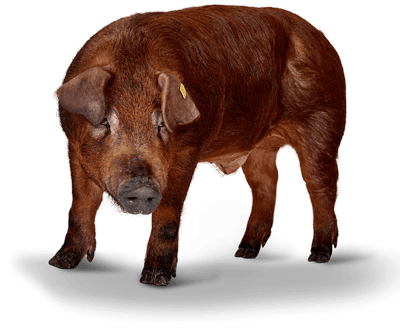By Inger Morthorst Møller, on behalf of DanBred.
Where external biosecurity is all about protecting the production from introducing pathogens into the herd, internal biosecurity is about reducing or avoiding the spread of bacteria and viruses between age groups for pathogens that are already present within the production.
The ever-growing herd sizes place greater demands on the procedures within and organization of the herds. When many animals are housed in the same location, the infection pressure can increase, and the animals’ immunity can be impaired, which leads to an outbreak of disease – a few simple measures can, though, reduce the risk. One way is to maintain a high focus on everyday in-farm biosecurity procedures.
The first piece of advice is sectioning.
Make sure the production is organized in a way where animals of the same age are kept together and separate from other age groups. In the farrowing unit, piglets of different ages should not be mixed between the farrowing sections. When making nurse sows, move the sows between the sections.
At weaning, make sure that the piglets are moved to sections that are thoroughly washed and disinfected. Avoid leaving the pigs in the farrowing pen without a sow, as the milk uptake from the sow prevents the piglets from excreting viruses.
As in the farrowing unit, using an all-in/all-out system applies to the nursery. Pigs should not be moved between the different sections. Pigs that are challenged on size can be a dilemma in the sectioning. Focus extra on these piglets to get them fit for production both for the sake of good biosecurity and animal welfare.
Smaller piglets require some special focus. The sow’s immunity, to some extent, protect them via colostrum intake, but lack of milk uptake and cold can make the piglets accessible to disease. If the piglets are moved, they can be exposed as milk intake might be reduced while the new hierarchy order if formed with the nurse sow.
The piglets are all born with each their microflora, and when the piglets are mixed, these bacteria are naturally exchanged between them.
It is important to be aware of the effects the movement of piglets between sows can have on the general herd’s health. If many piglets are moved, maybe because the aim is to have only the same sized piglets in all litters, the high degree of mixing can entail that up to 90% of the pigs have shared germs at weaning, which results in an overall high infection pressure among the pigs at weaning.
Introducing a procedure where the size of the piglets in the litters plays a smaller role as long as all piglets are thriving, and only the very largest and the smallest piglets are moved to nurse sows will decrease the amount of mixing of the pigs and thus reduce any spread of infection.
When moved to the nursery, it can be advantageous to use a so-called family housing strategy, where, e.g., four litters are from the same farrowing section are mixed in one nursery pen. The smallest piglets are taken to a special pen for extra care. This strategy decreases the spread of bacteria.
Focus on hygiene is the second piece of advice.
Besides sectioning and reducing the mixing of pigs, the employees should aim for high standards to maintain hygiene both within the sections and when moving between the sections. Always cleaning the walkways after moving the animal, and maintaining good hygiene between the different units by proper washing of boots and hands before entering a new section is highly advised.
The medical treatments naturally involve impaired animals and are, therefore, a source of contagion. Ensuring hygiene and proper disinfection of syringes and other tools should be an ordinary procedure. Needles and scalpels for castration must be changed frequently, preferably between every litter.
Handling a dead animal can also pose a risk for on-farm health. Upon removing dead animals from the buildings, the involved personal should change to clean clothes and change boots and thoroughly wash hands.
Summarised, the piglets should be mixed as little as possible to avoid the unnecessary spread of bacteria between the litters. Upon weaning, the pigs should be sectioned by age and kept in steady groups. A frequent wash of boots is highly recommended, and daily wash and disinfection of tools and wagons used when handling pigs are important, especially in the case of litters with diarrhea. High focus on hand hygiene and either using gloves or frequent handwash have a positive effect on the overall health.
Internal biosecurity is basically about reviewing all procedures and analyzing whether actions can increase the risk of spreading infections between the pigs. After assessing the risk factors, look into the practice, which means can be taken to minimize the risk of spreading infection. Though extra procedures might be time-consuming for the individual, the focus should always be the bigger picture and the advantage of keeping high health throughout the production.
Further reading: Crossfostering and nurse sows

